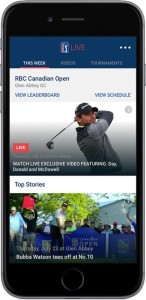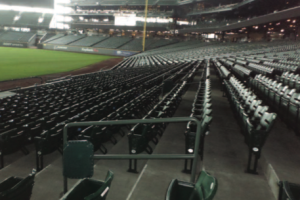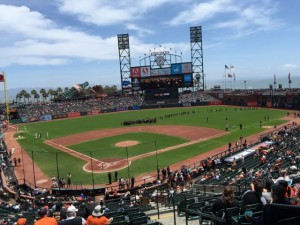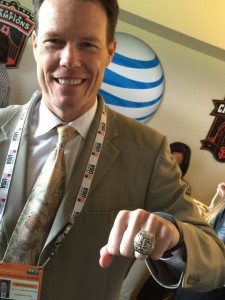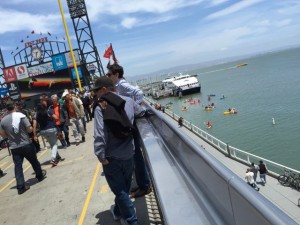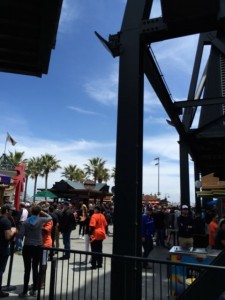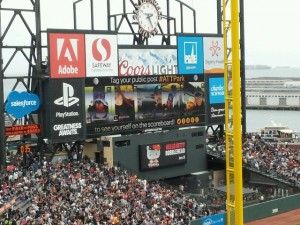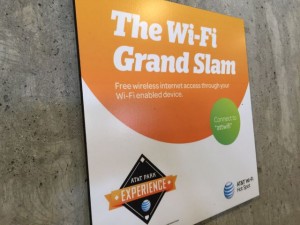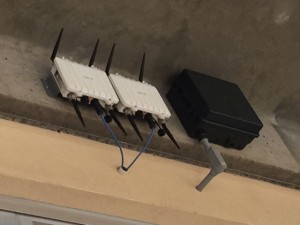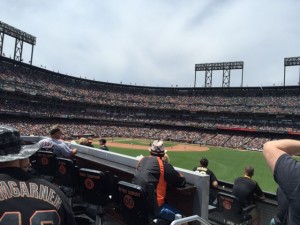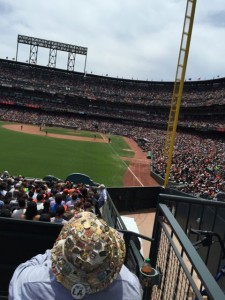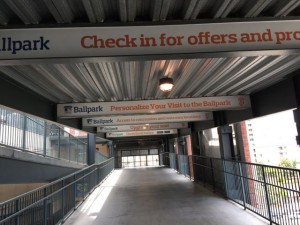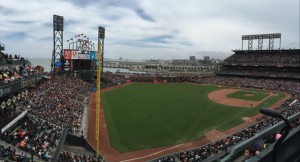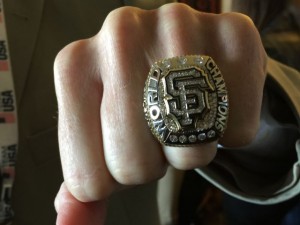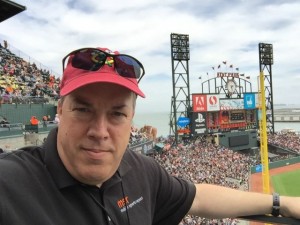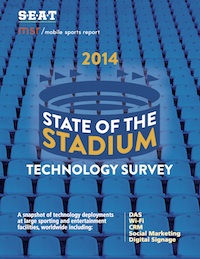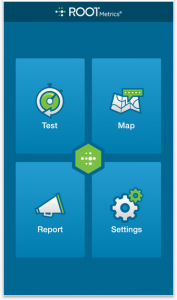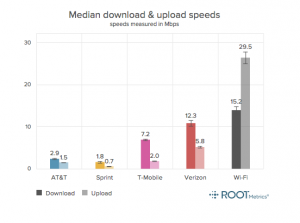The folks at RootMetrics have another network research project out, one that claims to determine the best wireless connectivity in all the U.S. Major League Baseball stadiums. However, the report doesn’t include Wi-Fi network performance in any of its scoring processes, and it doesn’t publicly reveal the limits of its network tests, which are based on just one day’s results from a handful of devices in each venue and do not include any results from Apple iOS devices.
According to the RootMetrics survey, Fenway Park in Boston ended up atop their results, with strong scores for all the four major U.S. wireless carriers, a list that includes AT&T, Verizon Wireless, Sprint and T-Mobile. But the caveat about those “scores” is that they are composite results devised by RootMetrics itself and not a direct reflection of numerical network performance.
At Fenway, for instance, RootMetrics’ own results show that T-Mobile’s median upload and download speeds are 3.0 Mbps and 3.5 Mbps, respectively, while Verizon’s are 20.7 Mbps and 13.0 Mbps. Yet RootMetrics gives T-Mobile a third place at Fenway with a 89.5 “Rootscore,” compared to Verizon’s winning mark of 97.9, meaning that in RootMetrics’ scoring system a network six times as fast is only 10 percent better.
While it’s not included in the scoring or ranking, the Wi-Fi network at Fenway as measured by RootMetrics delivered speeds of 23.1 Mbps down and 22.0 up, besting all the cellular networks in the stadium. In its blog post RootMetrics does not explain why it doesn’t include Wi-Fi networks in its network measurements or scoring, even though its testing does show Wi-Fi performance at individual stadiums. Over the past year, Major League Baseball led a $300 million effort to install Wi-Fi networks in all MLB parks.
Unlike its metro-area tests, where RootMetrics uses “millions of data points,” the baseball stadium tests were calculated using just one device from each carrier — and all are Android-based, since RootMetrics’ internal testing system doesn’t run on iOS devices. And while RootMetrics said that for its results each park was visited “at least once,” in going through all 29 stadium reports there was only a single visit date mentioned for each one. RootMetrics also did not visit Rogers Centre in Toronto, home of the American League’s Blue Jays.
